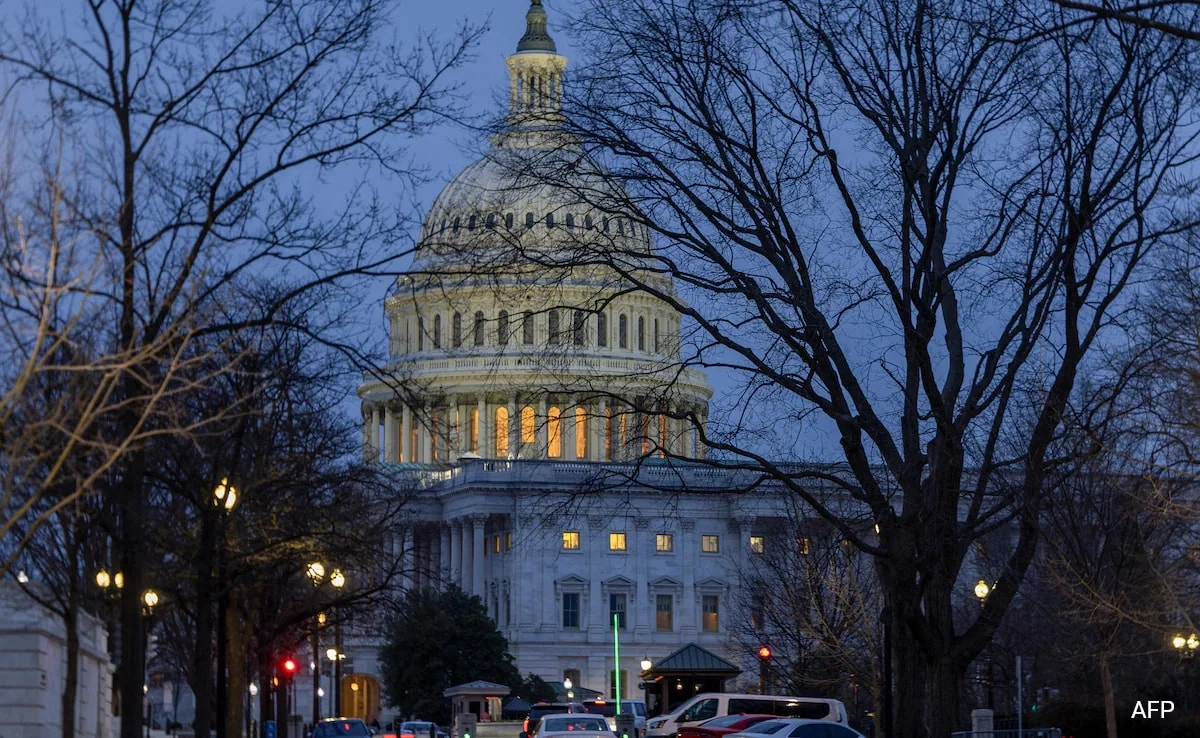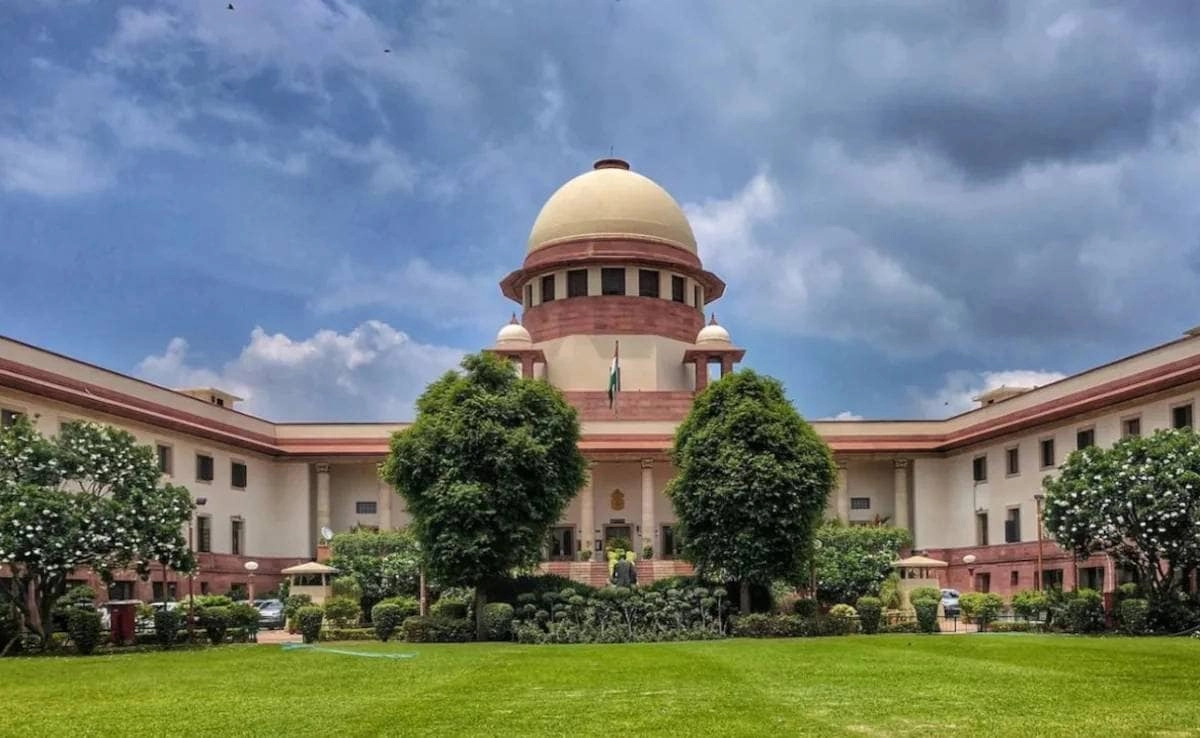The United States government has officially entered a shutdown, marking the first such occurrence since 2018. This significant event has raised concerns about the impact on federal services, employees, and the overall economy. During a government shutdown, various departments and agencies suspend their operations, leading to widespread disruption. Essential services, such as national security and public safety, continue to function; however, many non-essential operations are put on hold. This includes activities like processing certain federal applications, conducting research, and various administrative functions.
The ramifications of the shutdown extend beyond just government operations. Federal employees deemed non-essential face furloughs, which can lead to financial strain for many families across the country. Moreover, agencies that rely on appropriated funds find themselves in a precarious position, as they cannot legally spend money without a budget in place. This scenario disrupts projects, delays initiatives, and can stymie important work in areas such as public health, environmental protection, and infrastructure development. The uncertainty surrounding the duration of the shutdown further exacerbates the situation, creating anxiety among workers and the public alike.
As the shutdown progresses, the effects will ripple through local economies dependent on federal contracts and services. Businesses that provide goods and services to the government may see a downturn in revenue, leading to job losses and reduced economic activity. Additionally, public services, including national parks and federal museums, may close their doors to visitors, impacting tourism and local businesses that rely on foot traffic. While essential services like law enforcement and emergency response remain operational, the broader implications of a government shutdown are felt nationwide, highlighting the interconnectedness of federal functioning with everyday life.
In conclusion, the current government shutdown serves as a stark reminder of the complexities involved in federal budgeting and appropriations. As discussions continue regarding potential resolutions, the immediate and long-term consequences of this shutdown will likely shape public discourse on government efficiency, accountability, and the importance of maintaining continuous operations for the benefit of citizens. The situation calls for urgent attention from lawmakers to ensure that essential services are maintained while addressing the underlying issues that led to this impasse.




